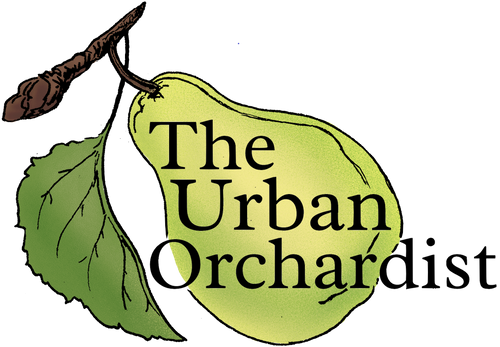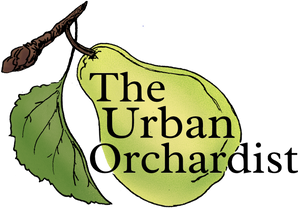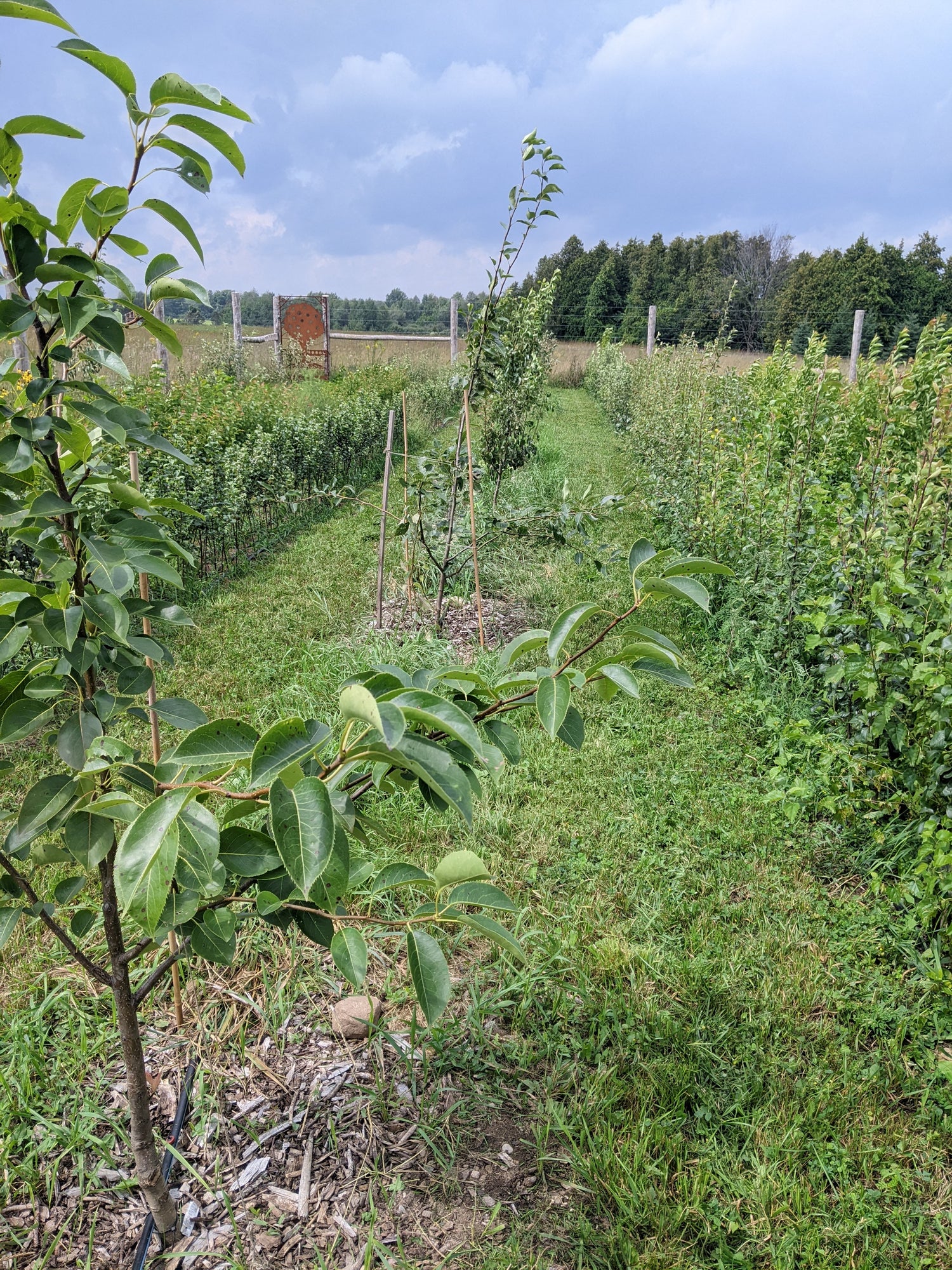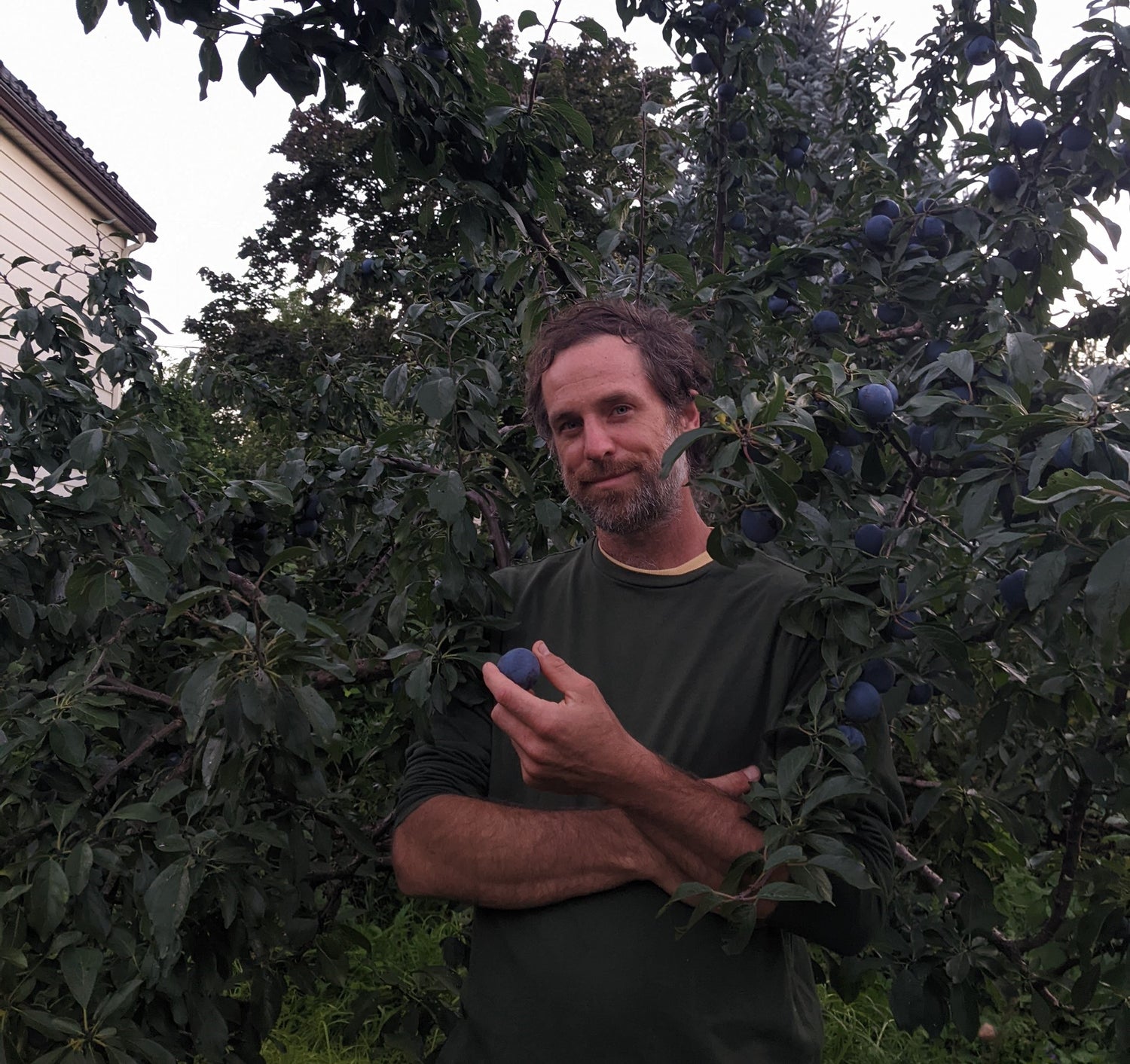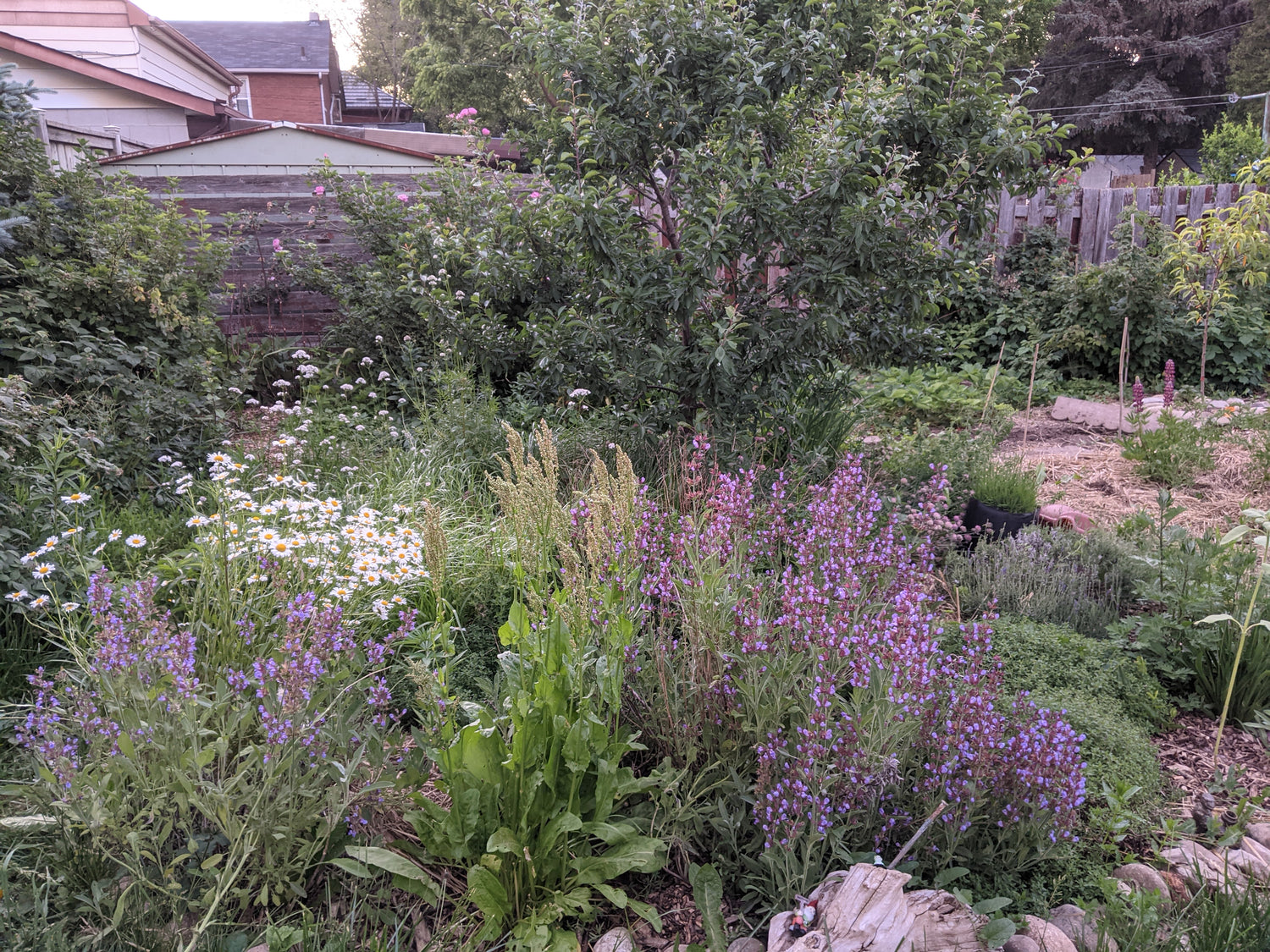General nursery information
The nursery is open for orders. Read on for some key information regarding the ordering process, and about the nursery.
Payment:
You can pay either at the time of ordering with an e-transfer or credit card, or, if you are local, you can pay at the time of pick-up/drop-off with cash or cheque. E-transfers are great for a small business like ours because credit cards take a 3% cut, but please use whatever method works best for you.
Discounts:
Buy 5 trees, get 5% off. Buy 10 trees, get 10% off. Interested in more? Contact Matt@TheUrbanOrchardist.com to discuss.
Delivery season:
Orders are first-come, first-served, and taken throughout the winter. I've started delivering trees as of the week of March 25, and will continue to do so until their buds start opening up.
Shipping:
- If possible, picking up yourself is the cheapest option (its free). I will be in touch with you about the when & where.
-
Otherwise, we ship with Canada Post. Shopify automatically determines shipping rates at checkout, and it is more economical with larger orders - shipping four trees is not much more than the cost of shipping one tree.
Our trees are 'bare root':
Bare root trees are dug and shipped while dormant, without soil around their roots (we pack them in damp sawdust to keep them hydrated during shipping). There are multiple benefits to this - bare root trees have less risk of transplant shock compared to potted trees, they are able to be shipped for a much cheaper price, and growing trees in the ground as opposed to pots is better for the trees, the grower, and the environment. If you'd like to read more, I like this article written by nurseryman Akiva Silver about The Benefits of Bare Root Trees.
Organically-grown, but not certified organic:
Our nursery conforms to all requirements of organic certification in Canada. We pay great attention to the ecosystem of the land we steward, and we use cover crops and good quality compost and other amendments as an ongoing effort to build healthy soil and grow healthy trees. Where necessary we use products certified for organic use rather than broad-spectrum synthetic pesticides, and we hand-weed and mulch instead of using herbicides.
Pollination:
Most fruit trees require cross-pollination in order to make fruit, and each variety's pollination requirement is listed in their description. We carry some self-fertile fruit trees - these include peaches, apricots, mulberries, sour cherries, some sweet cherries, and some plums. For the rest - apples, pears, some plums and cherries - these require a different variety of the same species in order to set fruit. An apple and a pear can flower beside each other, but they won't pollinate each other and make fruit. Likewise, two McIntosh apples can flower beside each other, but they won't make fruit either - they need to be two genetically different varieties. Just like with animals, inbreeding is discouraged - enforced outcrossing is evolution's way of ensuring a healthy gene pool.
Have other questions? You're welcome to write Matt an email at Matt@TheUrbanOrchardist.com, or use the contact form below.
Fruit Tree Skills Workshop Series
More about the location: Ignatius Farm is part of the Ignatius Jesuit Centre. The property is approximately 500 acres, and is a hub of organic agriculture, hosting an organic vegetable farm & CSA, a community orchard, many community garden plots, research projects, and multiple small businesses like my own, including Eramosa Herbals, Seed Soil & Spirit School, Origin Native Plants, May Moon Flowers, Sundance Harvest, and more.
About my approach as a teacher: I promise you kindness, dignity, warmth, excitement, attentive listening, thoughtful questions, supportive mentorship, hands-on learning opportunities, and no bullshit (figuratively, that is; I highly value cow manure).
More of the topics we'll cover:
- The relationship between branch training, pruning, and early productivity.
- Fruit tree physiology and pollination biology.
- Propagation by seed, layering, and bud grafting.
- Soil fertility management; how to test, interpret results, and translate rates.
- Integrated Pest Management, mainstream organics, and holistic approaches.
- Orchard/food forest design, siting, spacing, sourcing, and developing a management plan.
